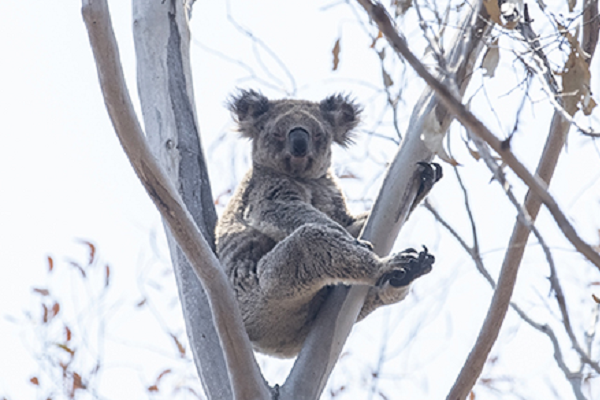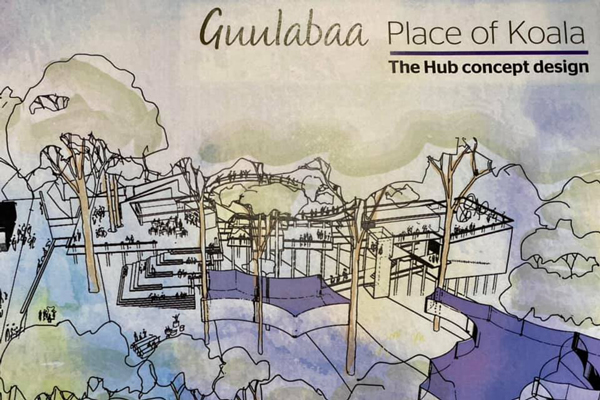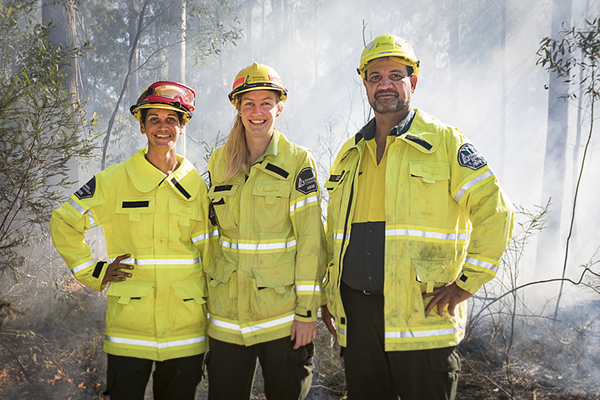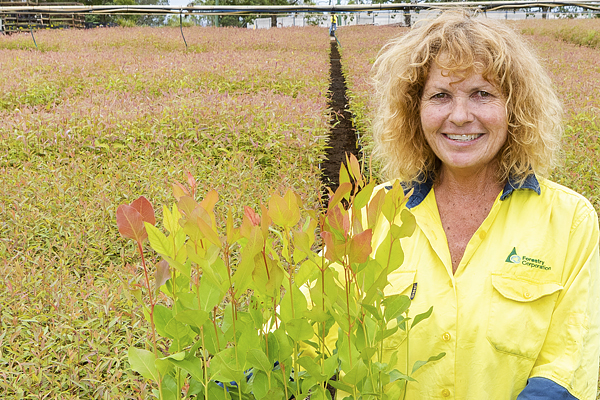
Great Koala National Park
The NSW Government has announced the proposed boundary for the Great Koala National Park and a moratorium on timber harvesting in the 176,000 hectares of state forest assessed for inclusion in the park. Find out more here.

The NSW Government has announced the proposed boundary for the Great Koala National Park and a moratorium on timber harvesting in the 176,000 hectares of state forest assessed for inclusion in the park. Find out more here.

We manage State forests for multiple uses, including renewable timber production, in line with Government policies and regulations. Our operations are highly regulated.
Koalas are found across the landscape, including forests that are periodically harvested for timber.
We have been appointed to manage State forests for multiple uses, including conservation, tourism, regional development and renewable timber production, in line with policies and regulations established by the State and Commonwealth Governments.
In line with these regulations, around half the State forest estate is managed for conservation and never harvested and around one per cent of State forests is harvested and regrown each year. All areas harvested for timber have been harvested for timber and regrown many times before, and operations are spread across the landscape.
Timber harvesting in native (or natural) forests are always selective, which means that only some of the trees are removed for timber and many more are left standing to maintain habitat, biodiversity and future timber. Operations are planned and managed under strict environmental conditions that include specific protections for koala habitat and feed trees. Operations and are independently regulated by the Environment Protection Authority. Read more about native forest operations.
Hardwood timber plantations are usually species of eucalypts that were not established naturally, they have been specifically planted for timber. Operations in timber plantations take place under detailed rules that are independently regulated by the Department of Primary Industries. Find out more about hardwood timber plantations
We manage State forests for multiple uses, including renewable timber production, in line with Government policies and regulations. Our operations are highly regulated and completely transparent.
Timber harvesting in native (or natural) forests is always selective, which means that only some of the trees are removed for timber and many more are left standing to maintain habitat, biodiversity and future timber.
There are specific conditions protect koala habitat during native forestry operations that were developed by expert scientific panels and include requirements to carry out surveys and identify and protect feed trees and habitat.
We complete a detailed planning process before every operation and on average 40% of every compartment is set aside.
Pre-harvesting surveys also include a survey known as a broad area habitat search, which is conducted ahead of harvesting. In broad area habitat searches, specialist staff conduct searches for habitat features and mark these electronically as well as physically. We mark and protect thousands of trees for koalas.
Research shows koalas occupy forests where timber harvesting takes place at the same rate as unharvested forests. Read about the Department of Primary Industries' ongoing koala research and the Natural Resources Commission's research report on koala response to harvesting in north coast State forests.
A temporary moratorium on timber harvesting in the 176,000 hectares of designated state forests assessed for inclusion in the Great Koala National Park is in place. For information go to Creating the Great Koala National Park – information and updates | NSW Government This means that native forest harvesting in these locations has ceased.
An annual plan of operations is published on our Plan Portal indicating where operations are expected to take place in the next 12 months. This will be updated to reflect the moratorium.
We have a team of professional staff including planners, ecologists, forest technicians and Aboriginal partnerships liaisons who spend many months completing a comprehensive planning process to develop a detailed plan ahead of each operation. These are also published on our Plan Portal. Find out more about the Plan Portal.
The planning process includes spreading operations across the landscape to reduce cumulative impacts. More about reducing cumulative impacts.
The NSW Government has announced the proposed boundary for the Great Koala National Park and a moratorium on timber harvesting in the 176,000 hectares of state forest assessed for inclusion in the park. Find out more here.
Many State forests on the north coast contain both hardwood timber plantations and native forests that are managed side-by-side.
Hardwood timber plantations are usually species of eucalypts that were not established naturally, they have been specifically planted for timber. Operations in timber plantations take place under detailed rules that are independently regulated by the Department of Primary Industries. Find out more about hardwood timber plantations.
Operators are trained in koala search and identification and inspect every tree before felling. Plantations are managed in a broader forested landscape that also includes habitat that is protected in native forest around the plantation.

Guulabaa - Place of Koala incorporates the world's first wild koala breeding facility. Read more.

Fire is a key threat to koalas and fire management is a core priority. More about fire management.

More about planting and enhancing koala habitat and tips for planting seedlings.